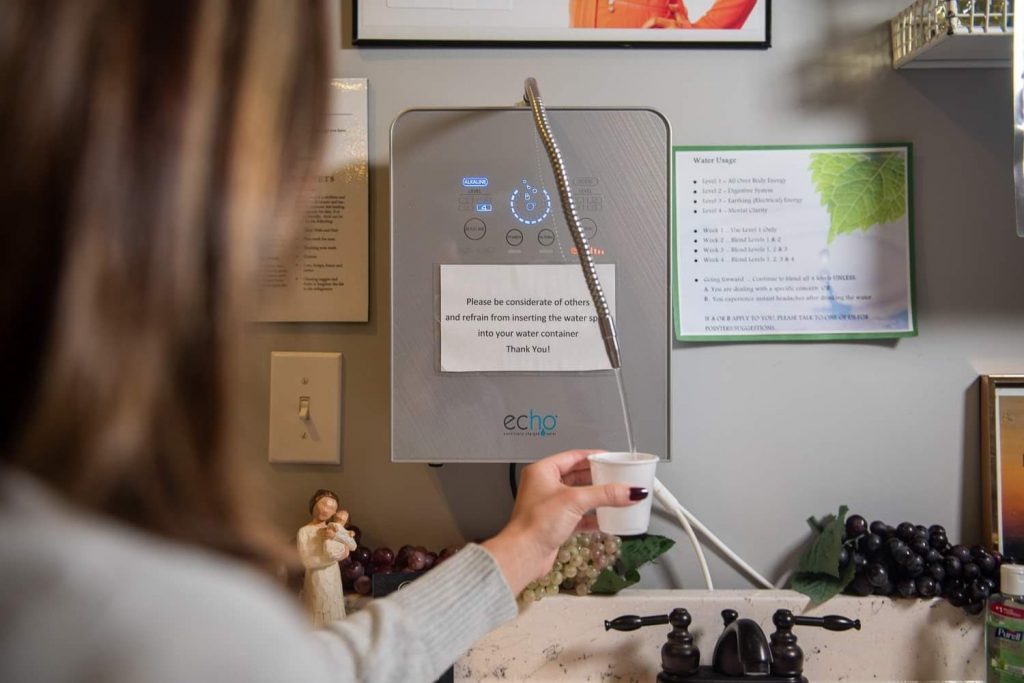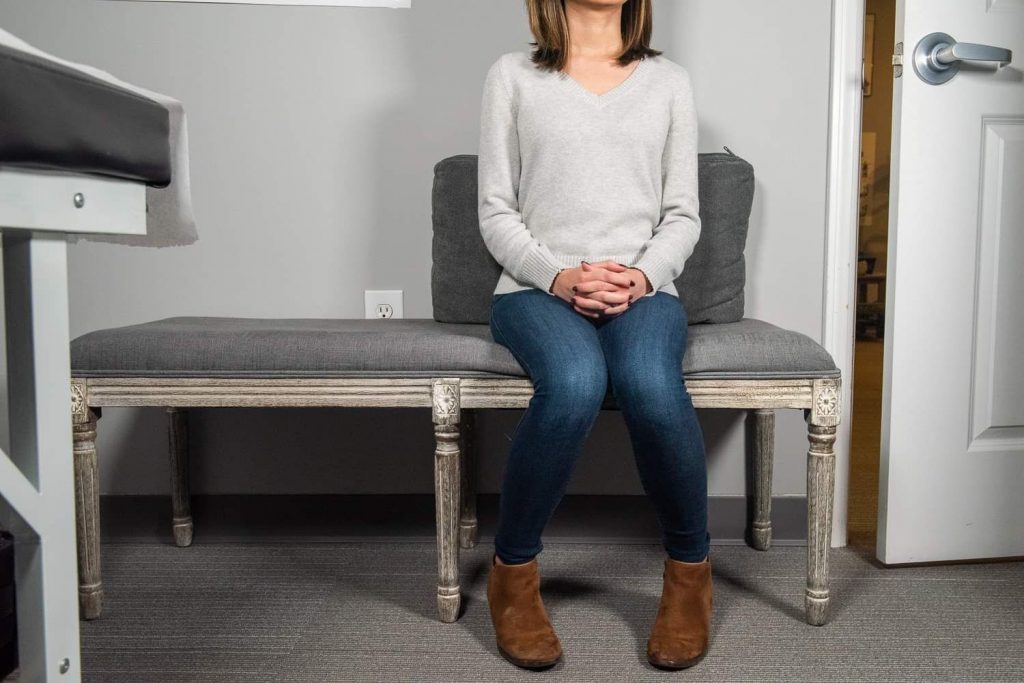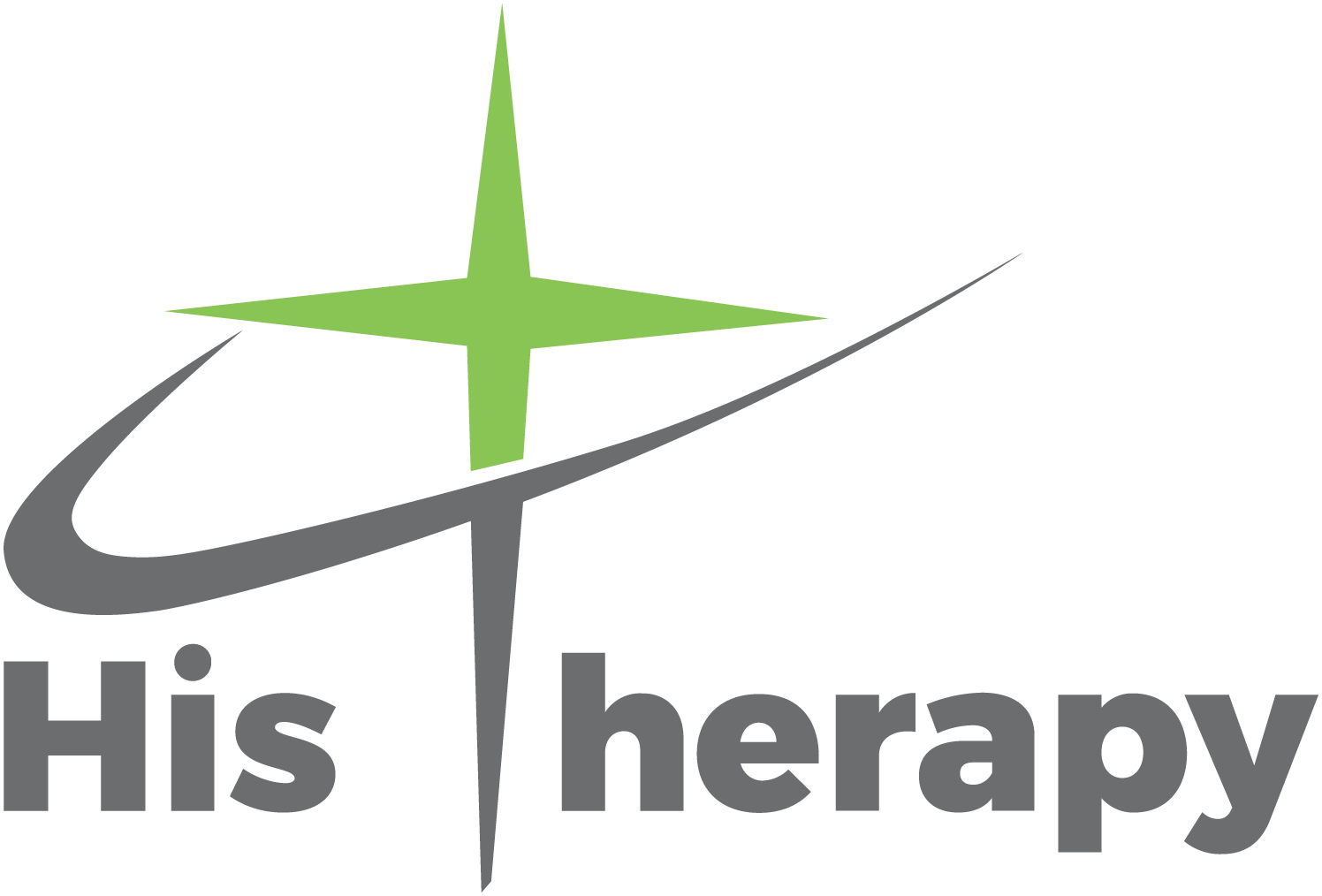His Therapy is offering pediatric pelvic floor PT. This post is dedicated to explaining both the voiding problems that lead children to pelvic floor PT and how PT can help.
Many children suffer from bladder/bowel voiding dysfunction. In fact, 20% of all pediatric visits are for incontinence problems. The umbrella term for difficulty with bladder/bowel control in children is “dysfunctional voiding.” Below is a list of different diagnoses that fall under dysfunctional voiding:
Nighttime bedwetting (nocturnal enuresis)
Daytime wetting
Stress incontinence
Overactive bladder
Urinary urgency/frequency
Urinary retention
Frequent Urinary Tract Infections
Constipation
Bowel incontinence and/or inability to empty bowel
Fecal Frequency/Urgency
Bladder Voiding Dysfunction
Accomplishing brain and nervous system control over the bladder is not always fully realized by the time a child is toilet trained. Often, even after toilet training a child’s bladder will continue to act in the hyperactive/hypersensitive way of the automatic bladder of infancy. Couple this with the fact that toilet training takes place at a time when children are developing interests. In order not to interrupt the good time they’re having playing with friends or toys they may begin to hold their urine as long as possible.
This “holding” pattern results in contraction of the pelvic floor muscles and external urinary sphincter, which ultimately can lead to dysfunction, such as a chronic abnormal pattern of urinary voiding. For example, some kids will experience difficulty sensing bladder fullness, which will lead to daytime leaking or nighttime bedwetting. Some children will experience urinary urgency and frequency. Some will face frequent bladder infections. All of these problems can lead to children avoiding social activities as well as problems making it through school.
Constipation/Bowel problems
As with bladder voiding dysfunction, bowel-voiding dysfunction is also a common problem for kids. The main issue surrounding bowel-voiding dysfunction is constipation. Constipation is the infrequent and difficult passage of stool. As with adults, the frequency of bowel movements varies from child to child. That said, we encourage patients to try to have at least one bowel movement per day with management of physical activity and diet. Anything less than three per week is considered constipation.
Several different things can cause constipation, including avoidance of bowel movements because of pain caused by cracked skin known as “fissures,” illness, travel, or generally poor bowel habits. For instance, as with urinary voiding, children can ignore the urge to have a bowel movement because they don’t want to interrupt what they’re doing. Children will “hold it in” by forcefully tightening the external sphincter and suppressing the urge to have a bowel movement.
A habit of doing this may ultimately causes children to stop feeling the urge to go resulting in constipation. In addition, fecal soiling can occur. This happens when the rectal muscles and the external sphincter relax after growing fatigued with the effort to hold in a bowel movement. As a result, liquid stool from high up in the colon leaks out around the mass of stool held in the rectum. This may cause some children to have no control over this leakage.
Typically, if children have bladder-voiding dysfunction, they may also have constipation, as the two tend to go hand and hand.
How PT Can Help
When it comes to voiding dysfunction, a pelvic floor PT helps in a myriad of ways.
For one thing PT will help the child with the pelvic floor muscle control side of things.
In adults, urinary incontinence may be due to muscle weakness, muscle tightness, or behavioral issues. However, when it comes to childhood urinary incontinence, while behavioral issues may contribute to the problem, poor muscle control will almost always be at the heart of the issue. For instance, when the child jumps off of the monkey bars or laughs too hard, his or her brain may simply not get the message to squeeze the pelvic floor to combat leaking.
The pelvic floor PT will treat the child’s poor pelvic floor muscle control with Biofeedback. The patient will be connected to the biofeedback monitor via two stickers placed on him or her externally. Then the PT will ask them to “contract,” “relax,” and “bulge” their pelvic floor using the biofeedback screen results for feedback. This helps the child to regain control of his or her pelvic floor.
When it comes to constipation, biofeedback can help teach the child how to push and lengthen the pelvic floor because sometimes they simply aren’t doing it correctly.
In addition, the PT will teach the child to use his or her breath to assist with pelvic floor motor control. Oftentimes, bubbles are used for this exercise.
Also, the PT will educate the child about the bladder and bowel systems so that they come to understand that their voiding problems are not “just something that happens,” but that there’s a reason behind it. This further gives the child a sense of ownership and control over the issue. Games, books, and pictures are used to teach the child about the anatomy.
PT also helps pediatric patients with whatever behavioral issues are involved in their voiding dysfunction. For example, when it comes to bedwetting, the PT will involve the parents in the treatment process. Parents might be asked to put the child on a program for a few weeks where they check the child at certain intervals during the night to make sure he or she is dry and doesn’t have to go to the bathroom. Or they will be asked to put the child on a voiding schedule to make sure he or she is not holding too much during the day. There are a slew of tools, voiding charts, and activities that the PT will be able to share with the child and parents to help with treatment progress.
And oftentimes, a PT will work with a nutritionist or dietician to pinpoint and correct any dietary issues that might be contributing to the voiding dysfunction, especially when constipation is involved.
Typically, it takes the PT about two visits to get a full picture of what is behind the patient’s voiding dysfunction. More often than not there’s a combination of muscle control and behavioral issues to treat. The initial evaluation will be an hour-long appointment; the appointments will range from thirty minutes to one hour. A guardian is in the room during each appointment and a child is generally seen from six to eight visits.
If you have any questions about our pediatric PT services, please feel free to contact me at Sabina@histherapy.net
www.histherapy.net
864-534-1780


